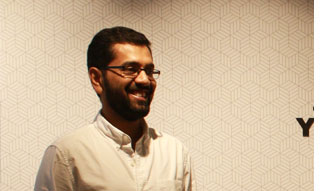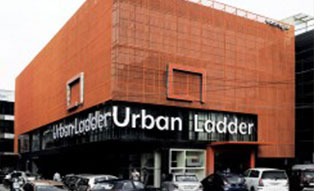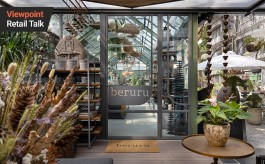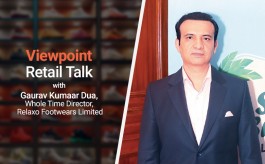Urban Ladder: New Take On In-Store Tech
By Satarupa Chakraborty | April 18, 2018
Slated to add 30 more stores in the next 18 months, furniture retailer Urban Ladder’s CEO and Co-founder Ashish Goel talks to Retail4growth on using in-store tech cleverly and bringing out omni-channel character of the brands through visual merchandising.
 Not many of us know that Urban Ladder was actually the fourth company in India to start retailing furniture online. Six years since its inception, the brand hasn’t only started its offline retail in a segment where “shrinking store size” concept doesn’t really work, but has piloted some brilliant “phygital” experiences including technological advancements like AR and VR to portray the true omni-channel value of the brand. With 4 stores in existence but only in Bangalore, Urban Ladder is slated to go places and has disclosed their plan to open 30 stores in the next 18 months with Delhi being the immediate next destination. Going back to in-store experience, Ashish Goel, CEO & Co-founder, Urban Ladder, speaks to Retail4growth on using technology to bridge the gap between online and offline and importance of VM for an omni-channel brand.
Not many of us know that Urban Ladder was actually the fourth company in India to start retailing furniture online. Six years since its inception, the brand hasn’t only started its offline retail in a segment where “shrinking store size” concept doesn’t really work, but has piloted some brilliant “phygital” experiences including technological advancements like AR and VR to portray the true omni-channel value of the brand. With 4 stores in existence but only in Bangalore, Urban Ladder is slated to go places and has disclosed their plan to open 30 stores in the next 18 months with Delhi being the immediate next destination. Going back to in-store experience, Ashish Goel, CEO & Co-founder, Urban Ladder, speaks to Retail4growth on using technology to bridge the gap between online and offline and importance of VM for an omni-channel brand.
 How do you weave similar VM stories in both online and offline spaces?
How do you weave similar VM stories in both online and offline spaces?
Even after entering the online marketplace for furniture, one of the USPs for our success was to identify the true power of online and offline. For example, we gave ample importance to visual merchandising even as an online brand. Subsequently when we entered the offline space, we replicated the same VM in our stores as we wanted our customers to achive the trial at the most homely environment as well as we wanted to give them the confidence that what looks fabulous online, looks equally promising when you see it in real.
The most interactive tech touchpoints in a physical store are still at a “vision” stage for most of the leading retailers while you did coin them at your first store itself. Can you tell us about the ROI you achieved.
We introduced our virtual technology concept in our first store in Bangalore, which was large in size. Now what happens with such large format and heavy footfall is that customers don’t get that opportunity to experience it. We waited for the technology to earn traction till three months since rollout but it wasn’t really encouraging. On the other hand, for smaller stores, where footfall is lower but every walk-in has a bigger ticket value, people actually have the time and willingness to invest that time as they come with the intent of buying. We have about 60%-65% conversion rate in small format stores and VR started contributing to the conversion even further.
What would you briefly suggest to those who are trying to bring change in experiential retail?
AR, VR or similar experiences often end up looking gimmicky. As for us, essentially a furniture brand merging online and offline, it was a part of give our customers an opportunity of trail. However, your category that you are retailing, may not require you to try something like that. My suggestion would be to move away from being “gimmicky” and to think profoundly on what could turn out to be actually “value addition” for your brand.









Comments